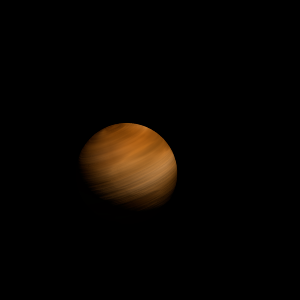|
|
Space Astro
|
Info for exoplanet "Gatoto Doga"
| Scientific (actual) data |
|---|
| Name | TOI-3785 b |
| Planet status | Confirmed |
| Planet mass | 0.04704 |
| Radius | 0.4586 |
| Orbital period | 4.67474 |
| Semi major axis | 0.043 |
| Orbit eccentricity | 0.11 |
| Inclination | 88.1 |
| Discovered | 2023 |
| Updated | 2023-04-11 |
| Omega | 96.26 |
| Tzero tr | 2458860 |
| Impact parameter | 0.6 |
| K | 9.24 |
| Temperature (kelvin) | 582 |
| Publication | Published in a refereed paper |
| Detection type | Primary Transit |
| Mass measurement type | Radial Velocity |
| Radius measurement type | Primary Transit |
| Star name | TOI-3785 |
| Right ascension | 130.9° |
| Declination | 63.08° |
| Mag v | 15.5 |
| Star distance | 79.4 |
| Star metallicity | 0.1 |
| Star mass | 0.52 |
| Star radius | 0.5 |
| Star age | 8 |
| Star temperature | 3576 |
| Wikipedia article | TOI-3785 b |
Back
| |
| Fictional info (?) |
|---|
| Suggested name | Gatoto Doga |
| Planet type | Small hot gas planet |
|
| Atmosphere | Hydrogen peroxide | 29% |
| Molecular hydrogen | 24% |
| Ammonia | 21% |
| 2H2O | 12% |
| Nitrogen | 6.3% |
| Ozone | 2.6% |
| Hydrogen chloride | 2.3% |
| Hydrogen | 1.1% |
| Sulfur dioxide | 0.23% |
| Atmospheric pressure | 23 bar |
 |
| No known satellites |
| Google search for Gatoto doga |
|
Website by Joachim Michaelis
|
|
|
|